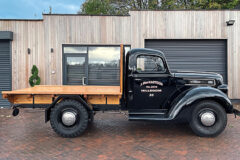Mill Meece Engine Rally
Posted by Chris Graham on 10th August 2023
Barry Job reports from the Mill Meece Engine Rally, and the many interesting stationary engines seen at this north Staffordshire event.
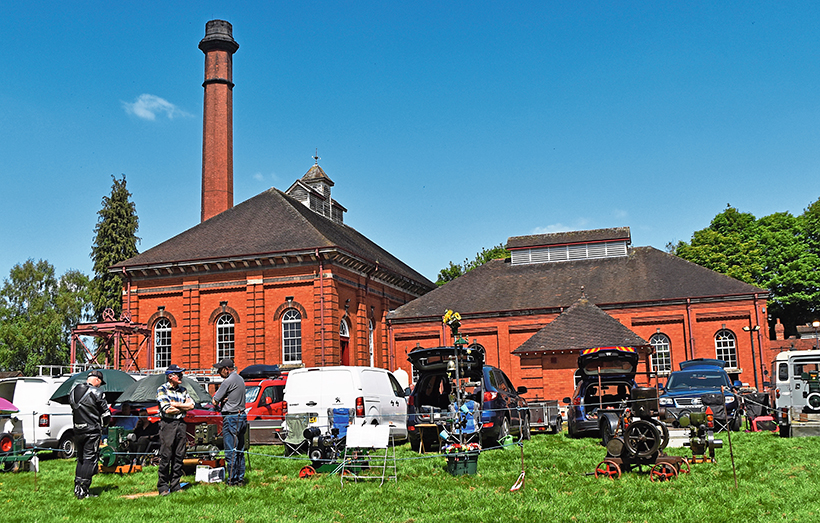
Mill Meece Engine Rally: Engines begin to arrive at the attractive grounds of the Mill Meece Pumping Station at Cotes Heath, in Staffordshire.
For many North Staffordshire stationary engine enthusiasts, the Mill Meece Pumping Station Rally was the first of the season. Held over the weekend of May 20th-21st, the pumping station provided a great venue, and is located about 10 miles south of Stoke-on-Trent. The site offers attractive grounds, very welcomed permanent facilities and the grandiose buildings which house the steam equipment that provided the towns in the Potteries with four million gallons of wholesome water every day.
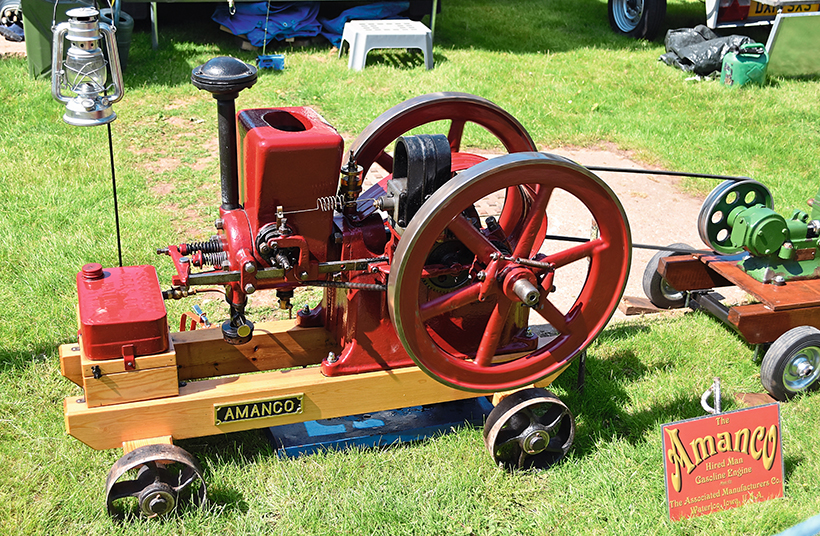
This 2¼hp Amanco Hired-Man, s/n 145999, of 1920 contributed to the ‘Museum at Night’ event.
In the engine house there’s a horizontal tandem-compound steam engine by Ashton Frost, that was installed in 1914. By the time a second engine was commissioned in 1928, the firm was no longer in existence, so the contract was awarded to Hathorn Davey, with the proviso that the engine should be as similar as possible to the existing one. These are massive engines, with flywheels nearly 20 feet in diameter yet, in spite of their size, they’re remarkably quiet in operation; the only sound is the click of the Corliss valves admitting the steam to the cylinders. The boiler house has three, Lancashire boilers fitted with Hodgknson & Bennis mechanical stokers. All of this machinery is kept in impressive condition by a small band of dedicated volunteers.
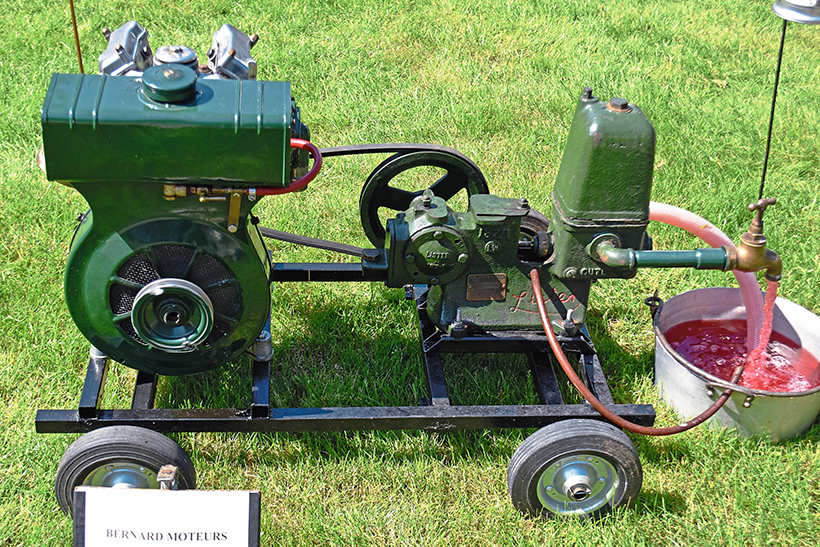
Darren Lane’s Bernard Moteurs, Paris, air-cooled model W10, s/n 630197, of 1947 vintage, driving a Lister Domestic water pump.
Stationary engines
Every year this rally becomes increasingly popular, always with a varied selection of engines on display. The largest engine being shown this year was a trailer-mounted Caterpillar generator unit. A heavy display was Dan Ditchburn’s 1932 Ruston & Hornsby Class AP belt-driving a Tangye piston pump. An unusual engine was Darren Lane’s 1947 Bernard single-cylinder air-cooled W10.
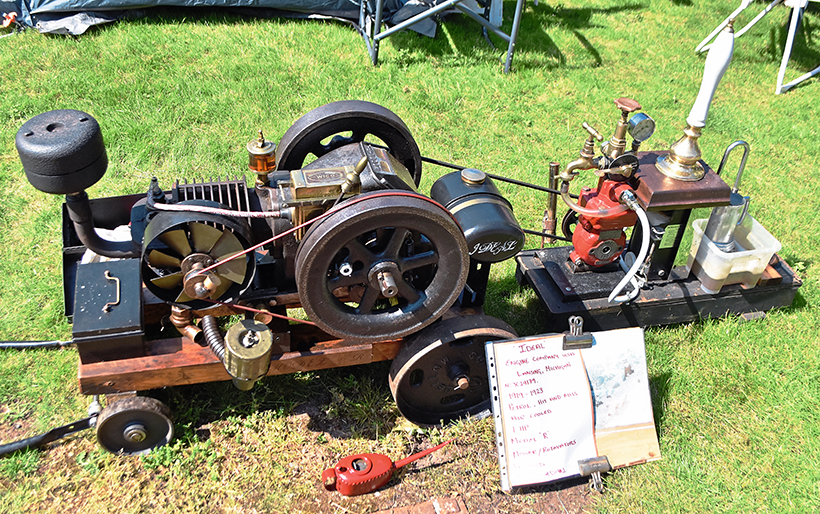
B Jordan’s interesting display was powered by an Ideal Company air-cooled 1hp model R engine, s/n X29179, which came from a lawnmower.
The Bernard Moteurs Company was founded in Rue Mederic, Paris, in 1920 by Auguste Bernard. Its engines were noted for their durability and reliability, although the layout of the W10 is a little different from British designs with separate pushrod assemblies for intake and exhaust valves.
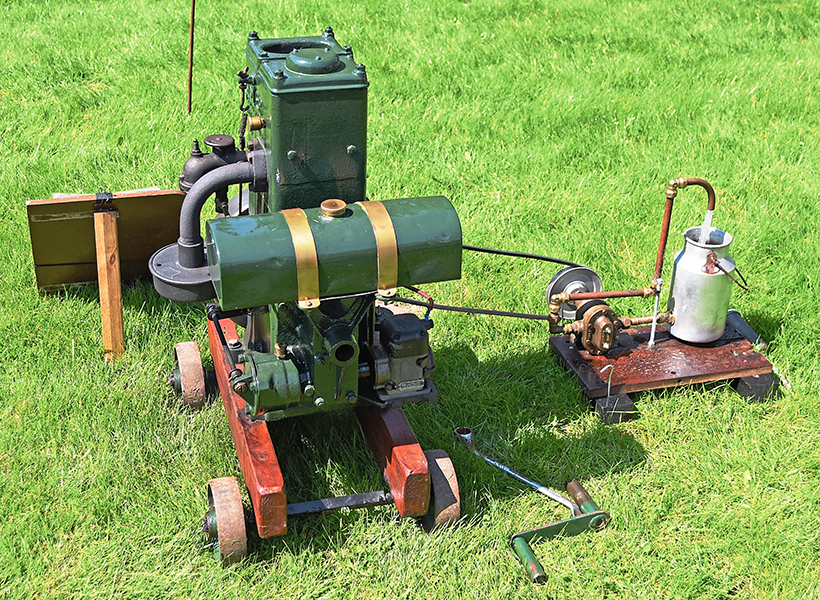
An example of the many smartly-presented engines was John Witton’s spec 11, 2hp, Lister D type, of 1930.
Adjacent in the engine line was Darren’s well-presented, 1920 Amanco Hired Man. Above the engine hung a paraffin lamp; on the evening preceding the rally, the Museum Trust holds a successful ‘Museum at Night’ event where the premises are only lit by oil lamps, and this has now spilled over to the stationary engines which also run while lit by lamp light.
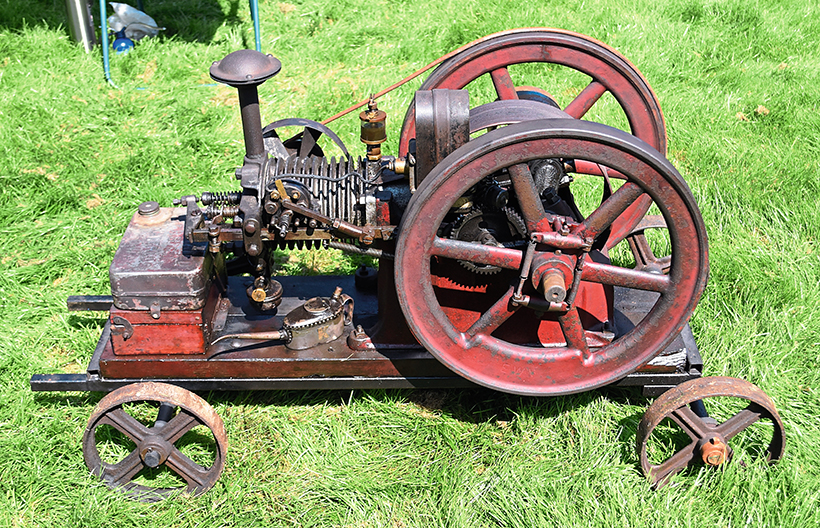
This superb-looking 2 1/4hp air-cooled Amanco of 1914 was brought along by Nigel Barnard.
Next along the line was another unusual engine; an Ideal model R made in Lansing, Michigan. The Ideal Engine Company was founded by Ransome Eli Olds in 1907. In 1914 the company produced its first lawnmower engine – lawnmowers were to dominate production output. The ‘X’ in the X29179 serial number of B Jordan’s exhibit denotes a 30-inch cutting unit, and the Wico magneto suggests a 1923 date.
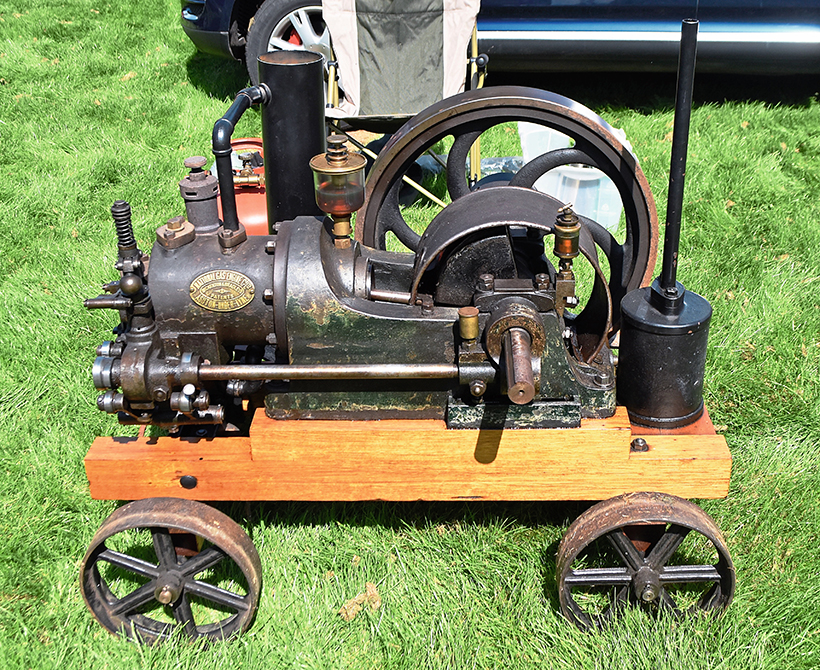
Presented in its original paintwork, Chris Rigby’s 1½hp type H National Gas Engine was built in Ashton-under-Lyne, Manchester, in 1914.
An interesting trend is to display engines in an ‘as found’ condition. This has even developed into using considerable effort and skill to artificially age an exhibit although, personally, I like to see engines smartly presented. Brian Lightfoot has always restored his engines to a high standard, and his 1927 Ruston & Hornsby Class ZPR provides a perfect example. John Witton’s 1930, spec 11 Lister D – with suction carburettor and low-mounted fuel tank – was another smartly-presented engine.
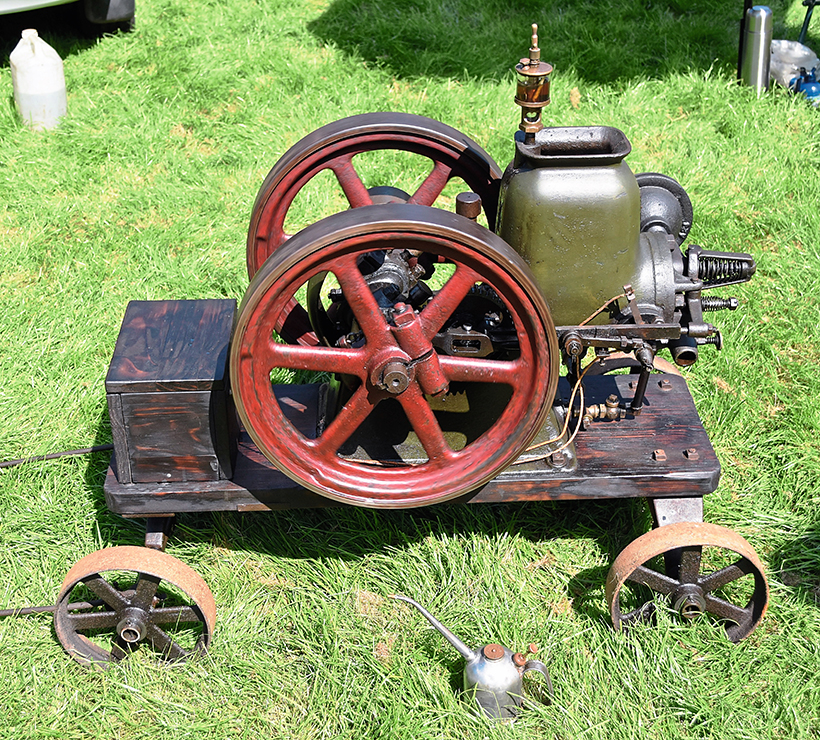
In remarkably good condition was this 1½hp type A4, s/n 6104, Sta-Rite engine built in La Crosse, in Wisconsin, USA in 1914; it was exhibited by Paul Edwards.
However, a good proportion of engines were being shown in ‘as found’ condition. Notable among these were two American examples; Nigel Barnard’s superb 1914 air-cooled Amanco, and the excellent, 1914 type A4 Sta-Rite brought along by Paul Edwards. Representing British manufacturers with original paintwork, was Chris Rigby’s National gas engine type H, also of 1914. It would have been sacrilege to have painted any of these engines.
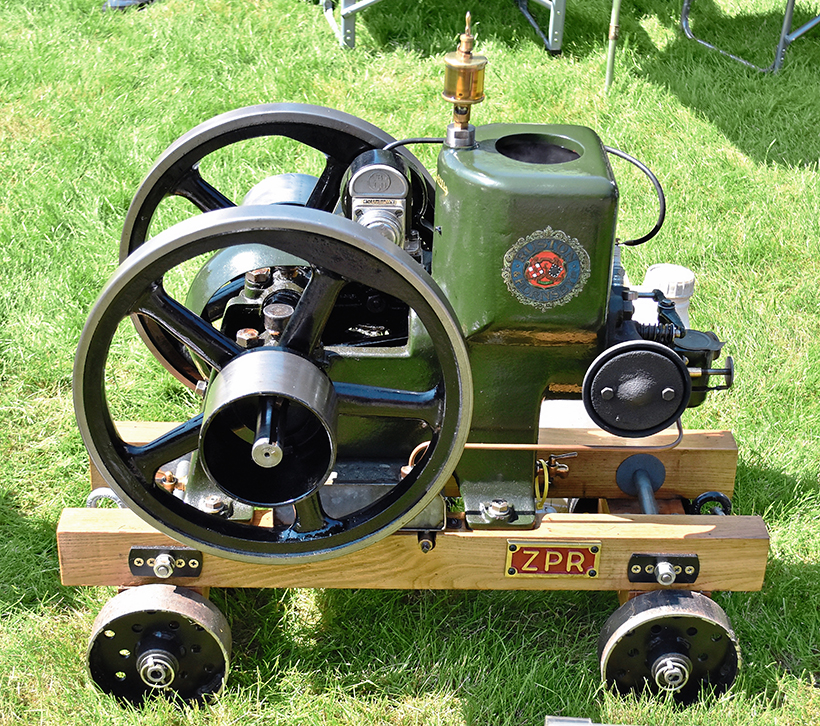
Another well-presented engine was Brian Lightfoot’s Ruston & Hornsby 1 ½hp Class ZPR, s/n 146637, of 1927.
Following a period of changeable weather, this was the first weekend of the year to offer solid sunshine; it brought out a large number of classic cars and motorbikes. It’s just a shame that practically none of their owners presented information boards with their vehicles. It’s always surprising to me that an owner goes to considerable time and expense to restore an interesting exhibit, but then fails to tell the paying public anything about it!
There are a number of other interesting events at the Mill Meece during the year and, to find out more, visit the website at: millmeecepumpingstation.co.uk
This report comes from the latest issue of Stationary Engine, and you can get a money-saving subscription to this magazine simply by clicking HERE




